There are many shrubs here I grow for their berries, not all have late season ineterst though. Viburnum, for evxample , has lovely berries, in some species berries appear early on the in summmer and some late, but ALL get eaten by the birds as soon as they ripen .I have seen viburnums planted ( usually en masse) that keep berries longer but here they are gone in a flash. therefore they do not qualify for this post.
Other berries and fruits need to go through frost and thaw cycles to become palatable for the birds to snack on ,some remain bitter and are eaten only when the birds are very very hungry, and it is usually those that give us garden interest in the fall.
Reminds me of when I was little and my mother would go to the grocery store on Saturdays. All the good snacks, like fresh fruit, or that little yogurt cup you tipped upside down and pierced the bottom with a fork so the fruit on the bottom would become the topping like an ice cream sundae, would dissappear immediately and by Wednesday you were reduced to snacking on graham crackers . These berries are the graham crackers of the bird world.
Anyway here they are in no partiular order
Snowberry/Coral Berry: Symphoricarpos (spcs) are deciduus shrubs that grow naturally all over the northern parts of the Us and Canada, The are not only very hardy, but they tolerate just about any conditions you can throw at’em. Moist woodland? check. Sunny and dry ? check. Dry shade ? check.Wherever they are growing they will be smothered in tiny flowers that the beees love all summer, and the in the late summer and into fall they produce chubby little drupes or berries that are eaten by mostly mammals as opposed to birds ( although grouse and pheasants eat them). Over time they will sucker and form a little thicket that most certainly does not require your attention, and you almost forget it is there until the berries appear. Breeders have been using this old fashioned back door shrub to cross and get plants that produce berries of brighter color and bigger size and the result is plants like Amethyst Coral Berry ( symphoricarpos x dorenbossii) and the yet to be relaesed Proud Berry Coal Berry (coming in 2017.)
I have been growing Symphoricarpos albus ( white berries) here for many moons and i is often asked about on tours because people remember it from their grandmother’s garden yet never knew what it was or where to find it. I added Amethyst Coral Berry a few years ago and have been pretty happy to use it in lots of fall floral arrangements since.
Next up is beauty berry, other wse know as callicarpa (spcs). I grow callicarpa dichotoma ‘Early Amethyst’ ( apparantly amethyst is a popular plant name now) because I find the shrub itself to be a little more capable of fitting in my landscape than some of the larger ones. They can be sort of wild and rangy looking, so be warned. The berries on Early Amethyst are smaller and in tight clusters, it also blooms a little earlier than the other species. The berries are metallic purple and are virtually ignored unti after mid-winter. they look phenomenal covered in snow.
Last for berries is a fall favorite, Ilex vercilliata ‘ Winter Gold’. This shrub I adore due to the fact that has the easy care of a holly, yet it’s berries are a goldy-orange that go perfectly well with all things autumn…….fading foliage, bronzy grasses, and pumpkin spice anything  . The red berried hollies are just fine, but I prefer those in winter and snow. This 5-8 ft shrub is another I never pay any mind to , even in this drought, until the berries appear and light up the back 40. Once the robins descend it will be stripped in a matter of hours, but that is usually aafter December or even into the new year.
. The red berried hollies are just fine, but I prefer those in winter and snow. This 5-8 ft shrub is another I never pay any mind to , even in this drought, until the berries appear and light up the back 40. Once the robins descend it will be stripped in a matter of hours, but that is usually aafter December or even into the new year.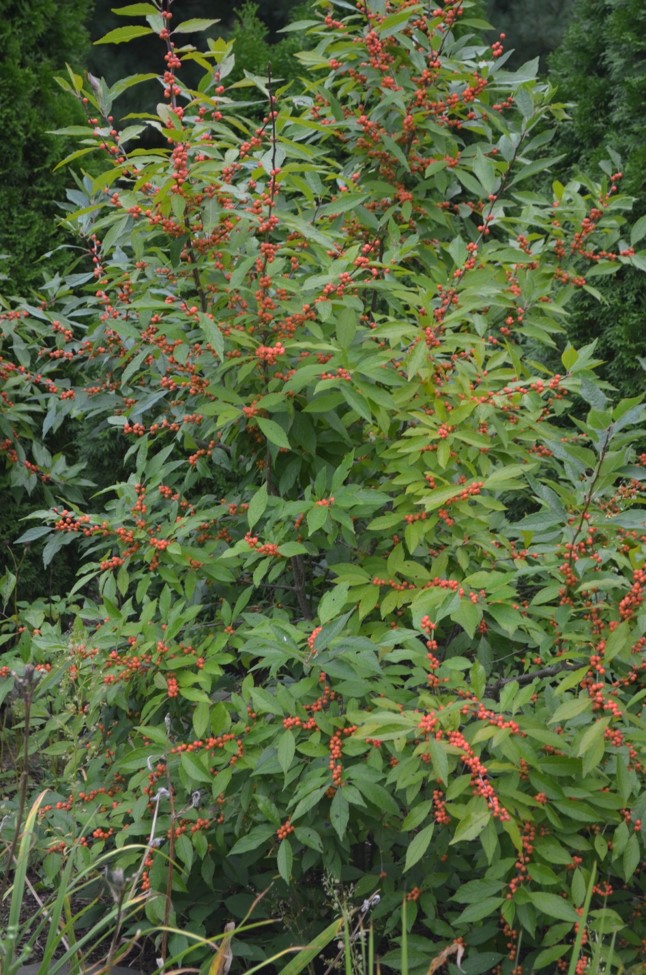

For seeds heads, I ALWAYS leave those from any rudbeckias for the goldfinches, and it is the picture of birds perching on them ,swaying and eating ,that make them valauble to the fall garden.
For clematis know this: a general rule is that the smaller the flower, the better the seed head. Clematis tangutica and orientalis ( let’s not get into a discussion of the taxonomy here harumph) , , in particular have great seed heads that persist after frost .

the seedheads of c. texwnsis ‘Gravetye Beauty’

flower of “Bill McKenzie’
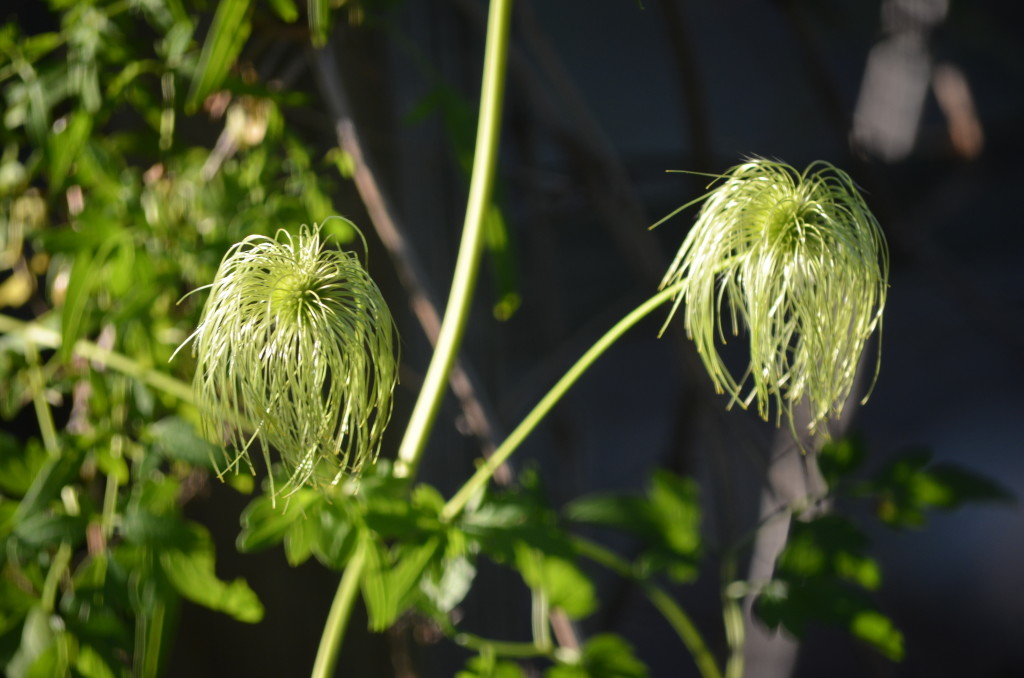 seedhaeds of ‘Bill Mckenzie’
seedhaeds of ‘Bill Mckenzie’

c.’My Angel Flower’
Look for ‘Bill McKenzie’, ‘Helios’ and a favorite here,’My Angel’ .Keep in mind these are large vines with a penchant for seeding about in warmer climes,
ps remeber when I made an entire wreath of clematis seedheads?
You have many many more options of things to try for berries and seedheads: rose hips, acnanthus, mountain mint, ornamental grasses just to name a few. When you are planting any type of plant ,a little research into what they do AFTER they flower is always helpful when planning the best fall garden ever.
Next up is Places to Vsist for Inspiration for your BEST FALL GARDEN EVER
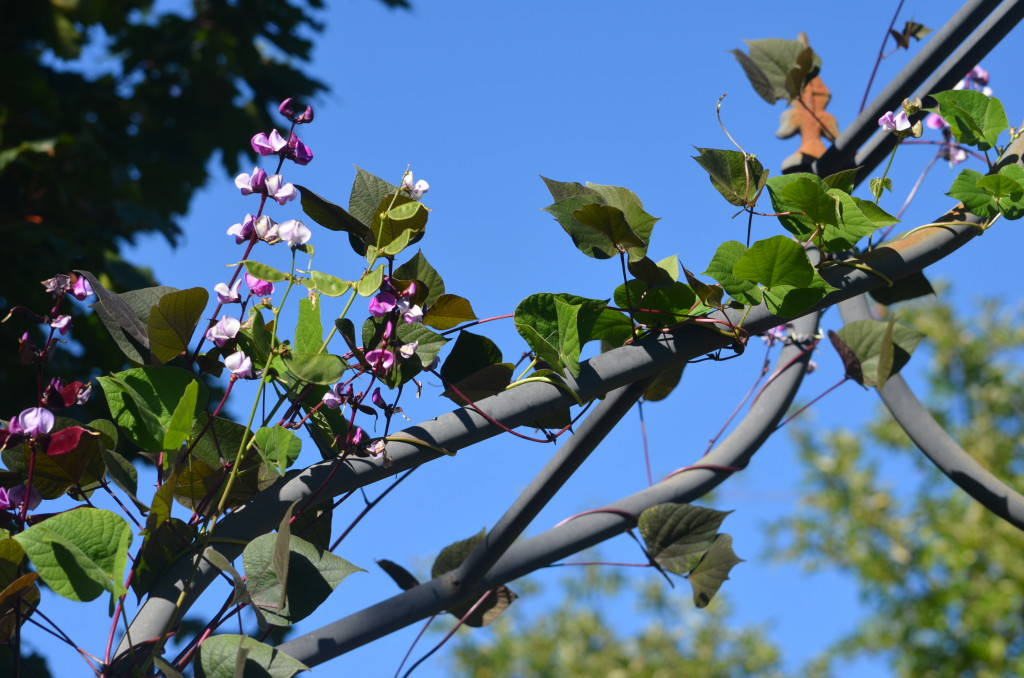 lablab purpurea or hyacinth bean vine
lablab purpurea or hyacinth bean vine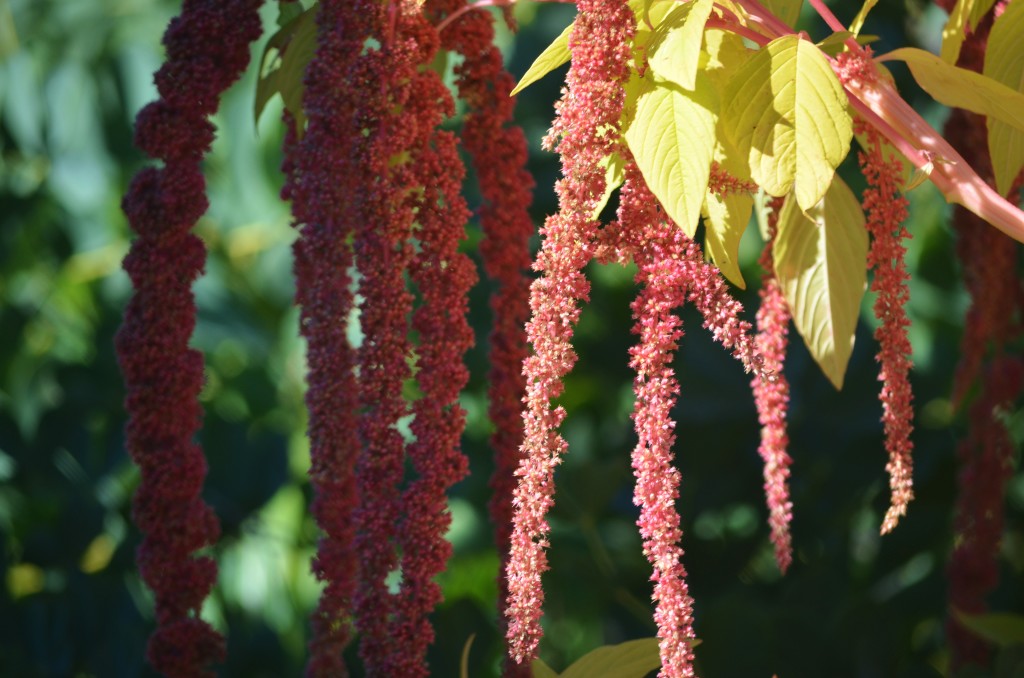
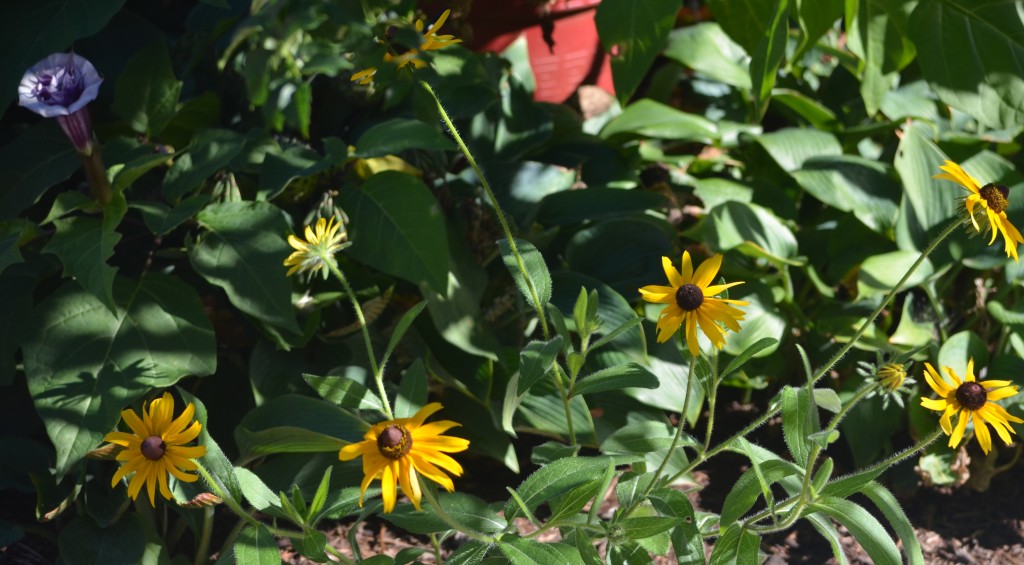
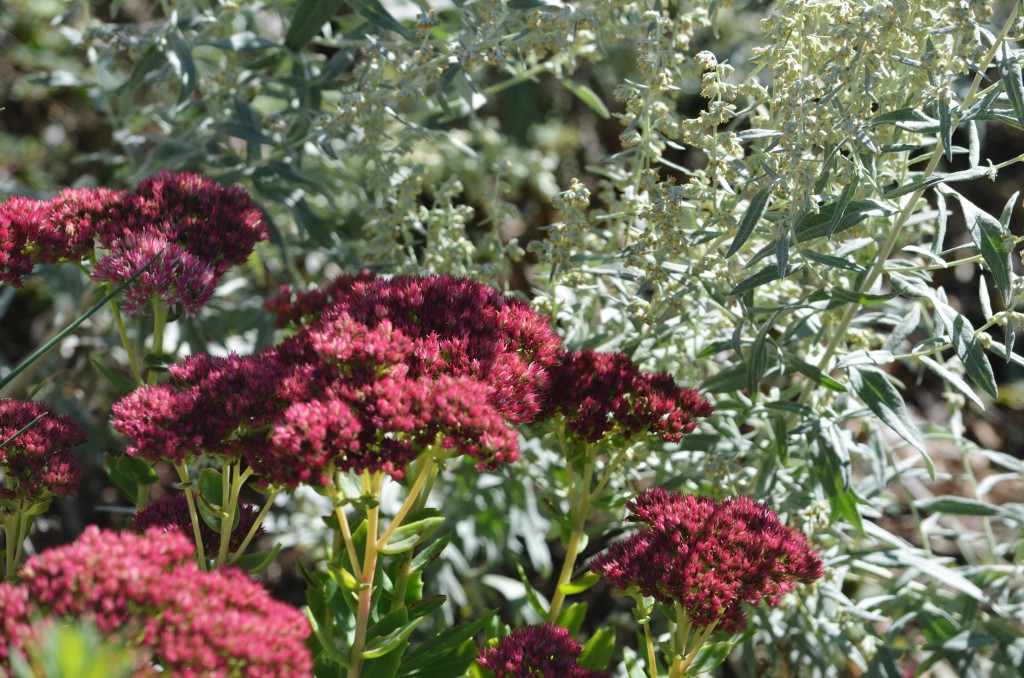
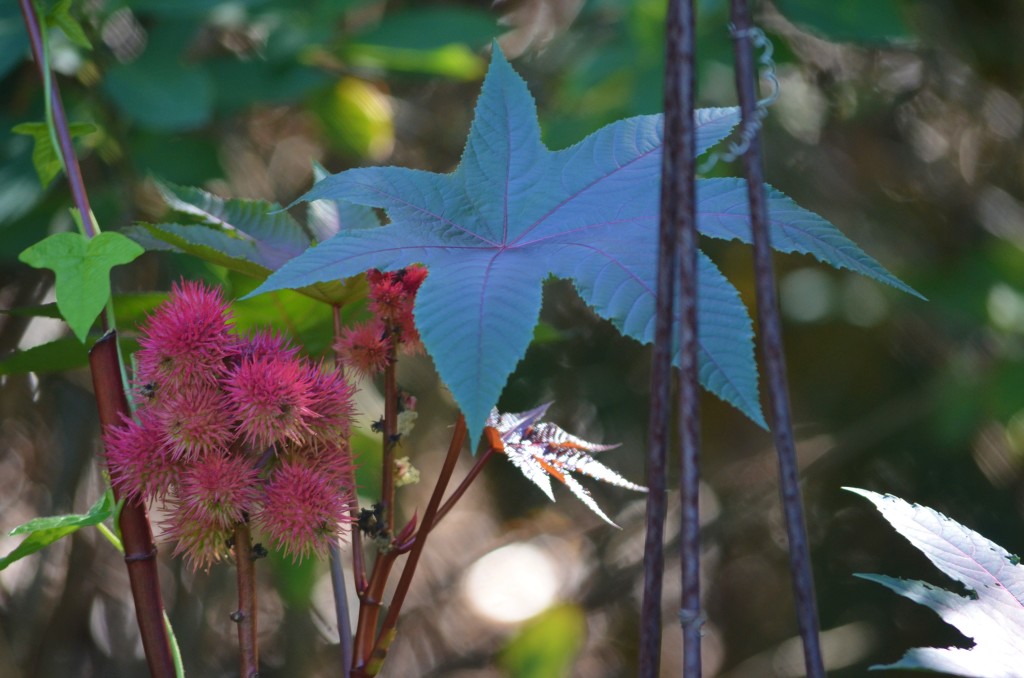
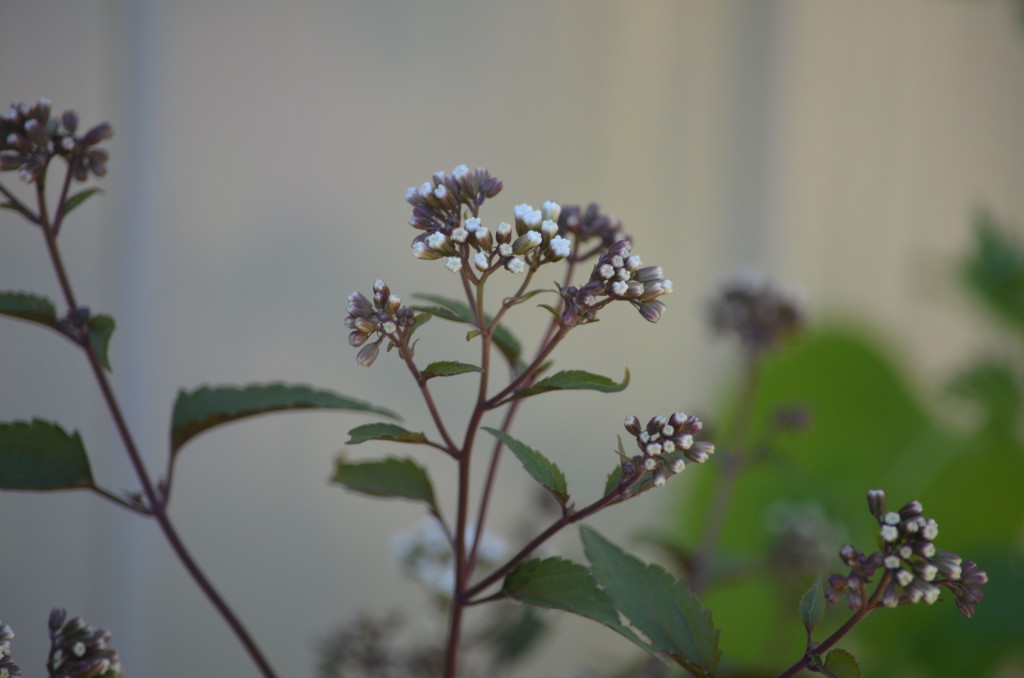
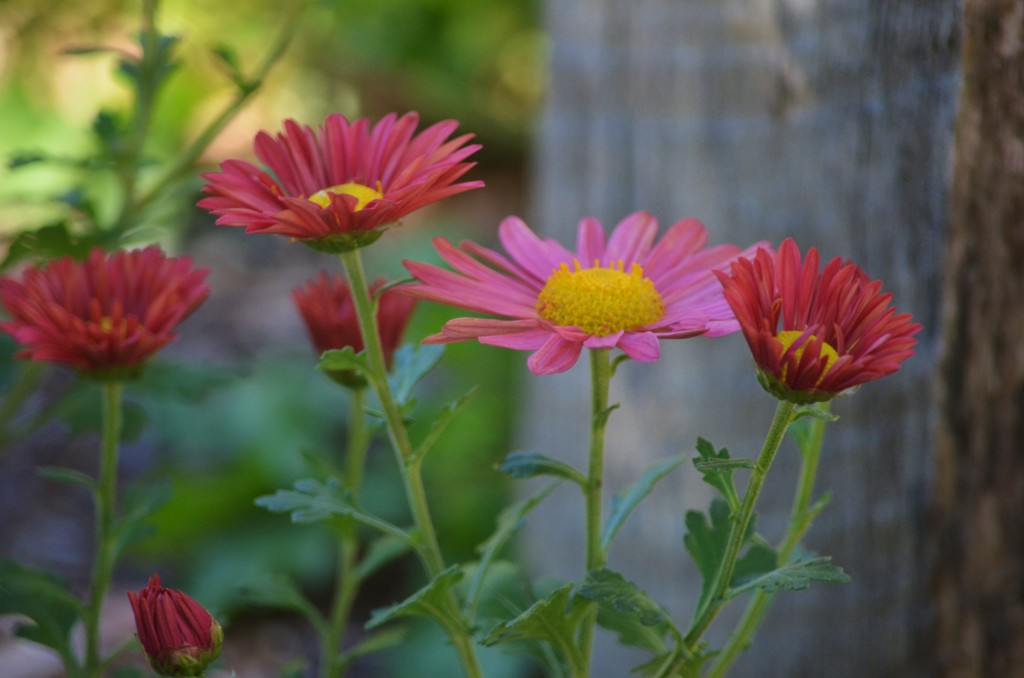
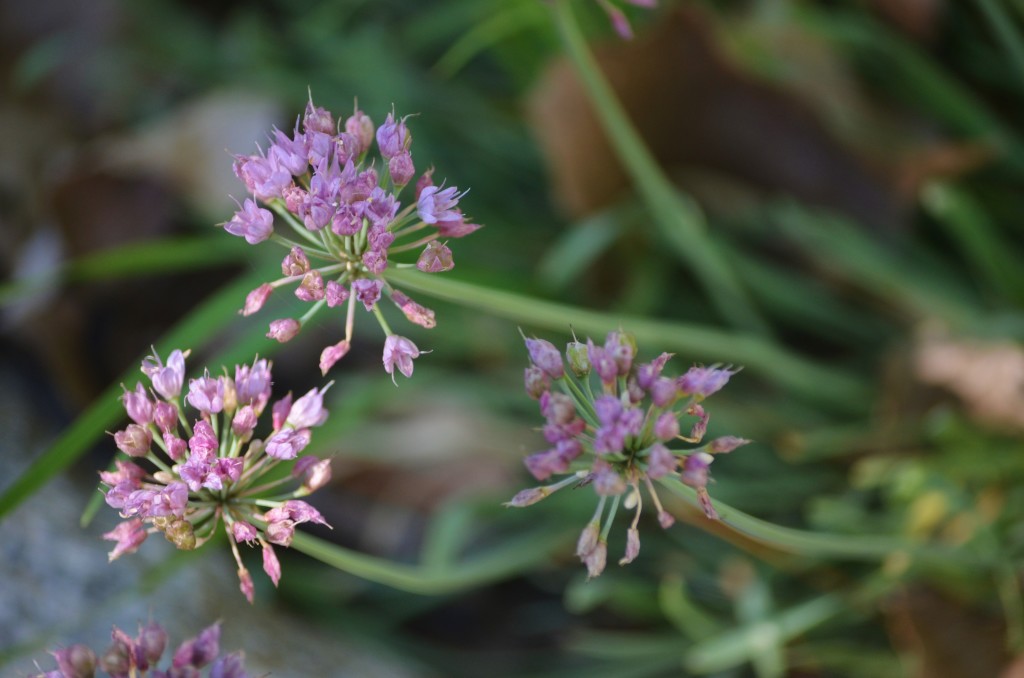
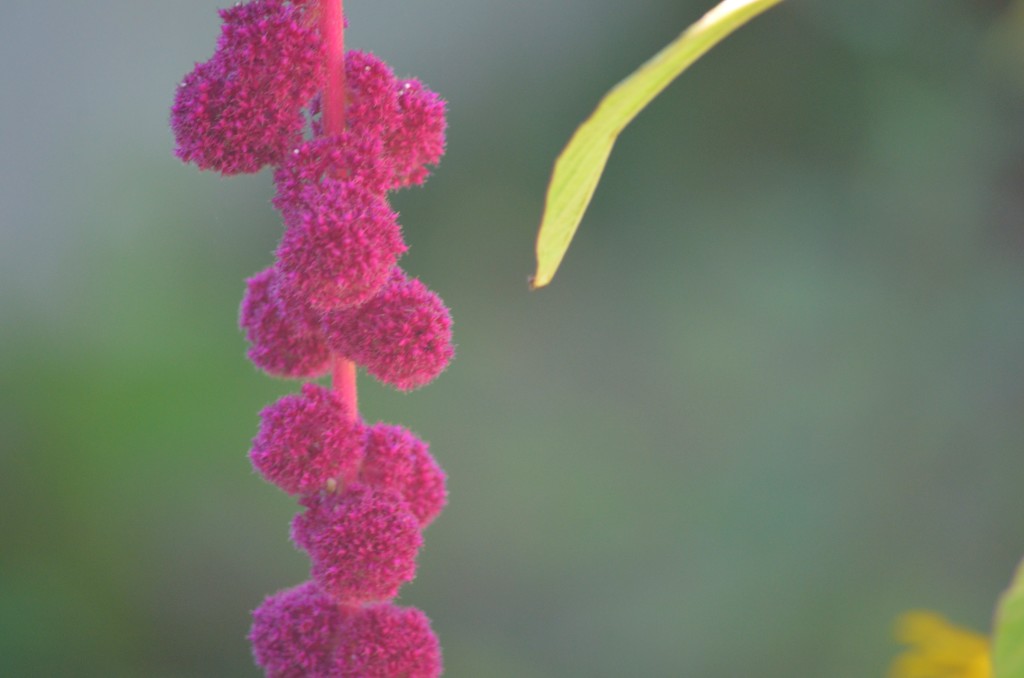
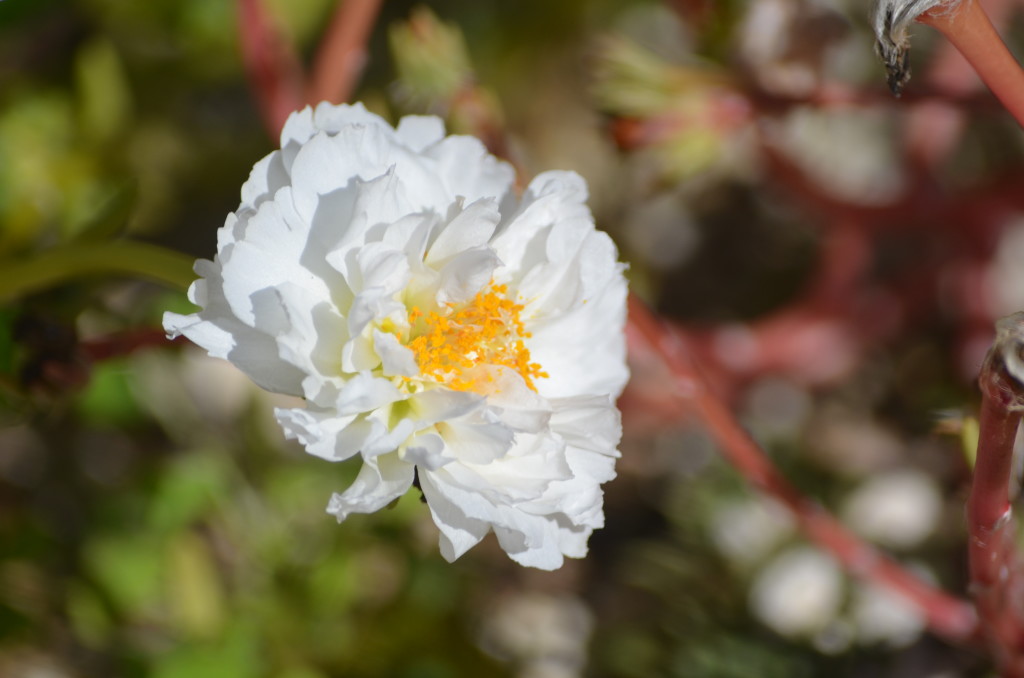
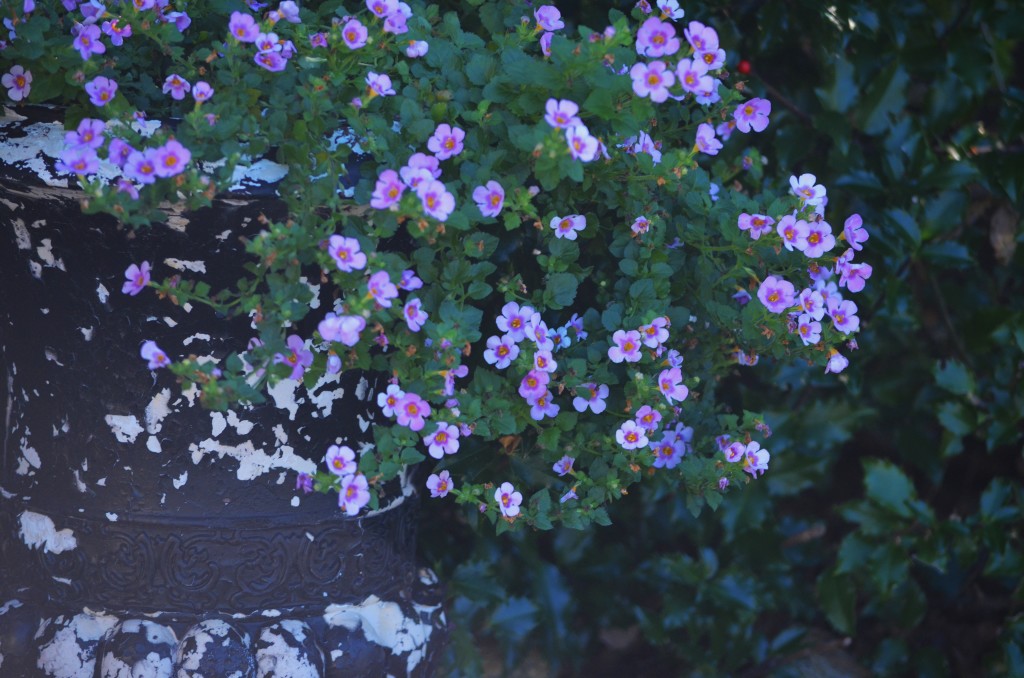
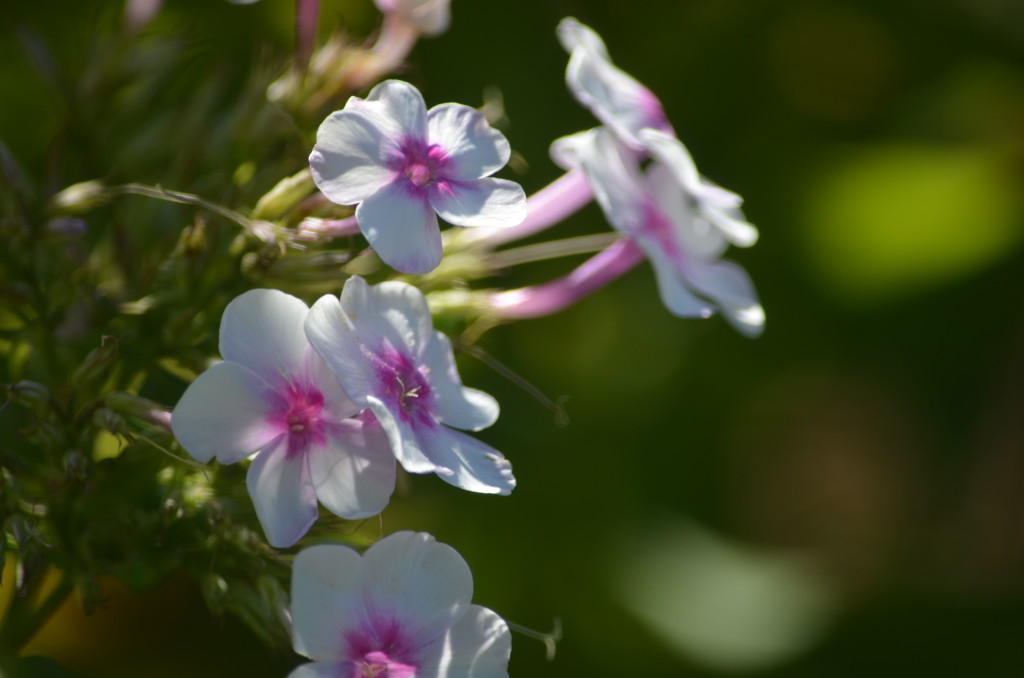
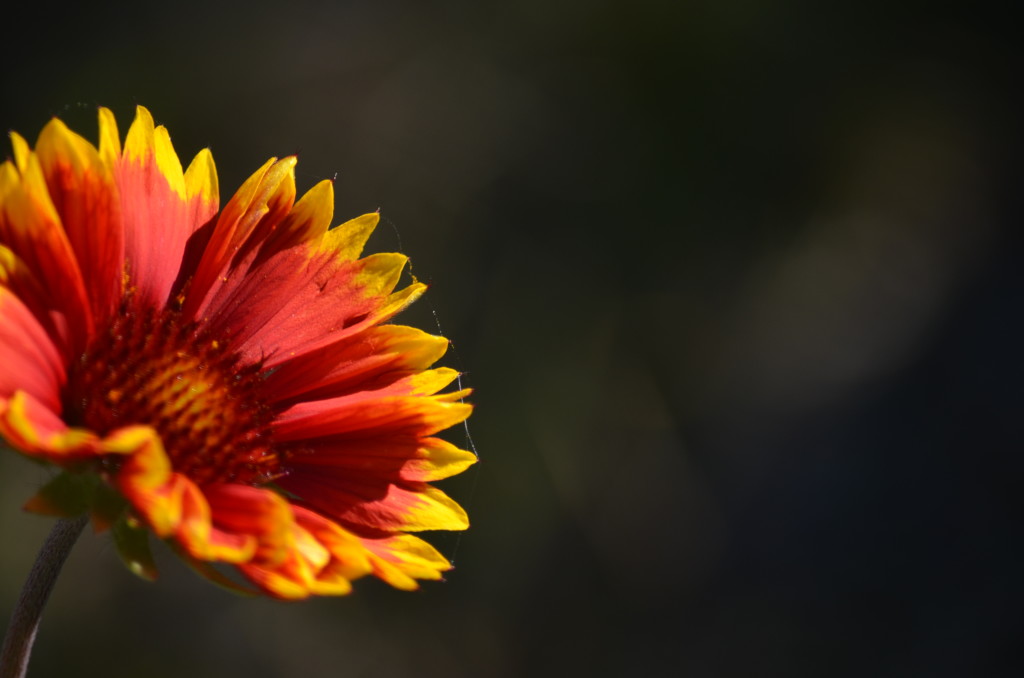
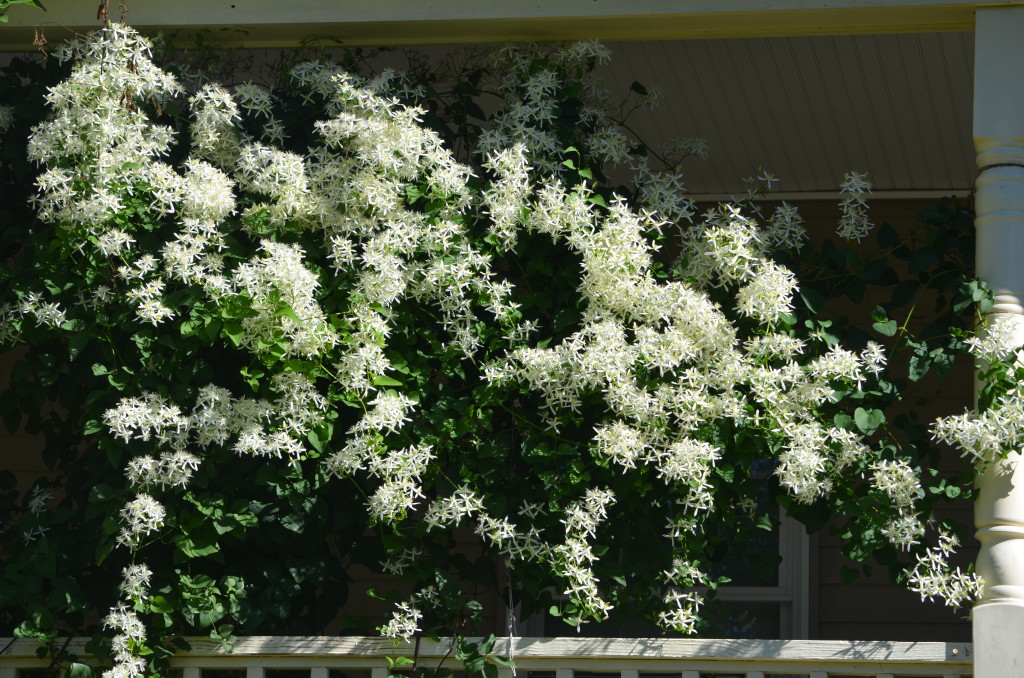
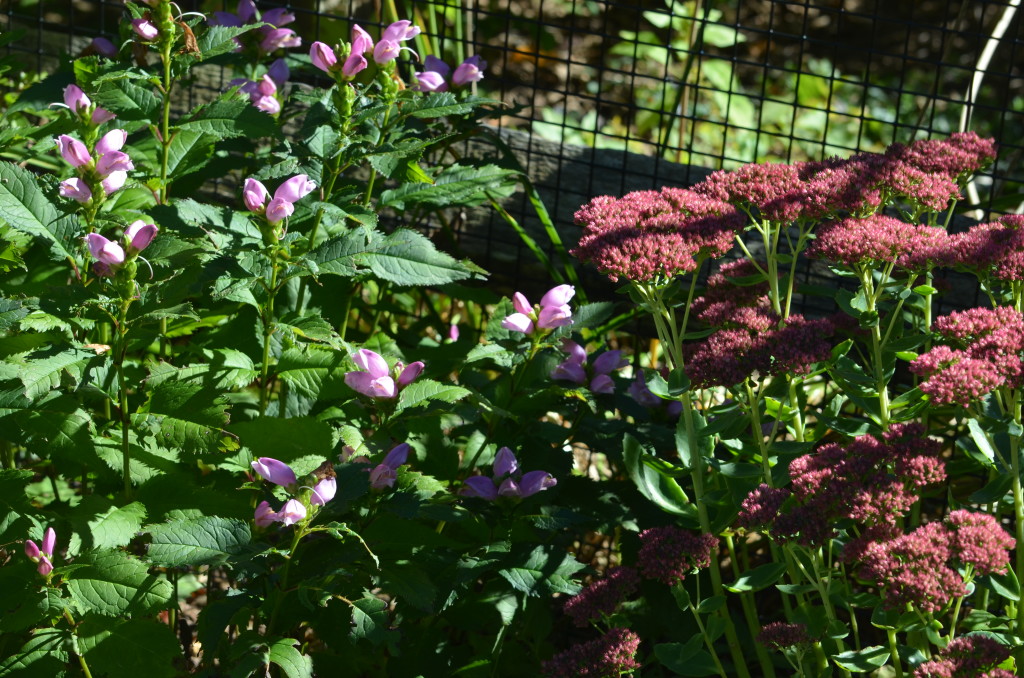
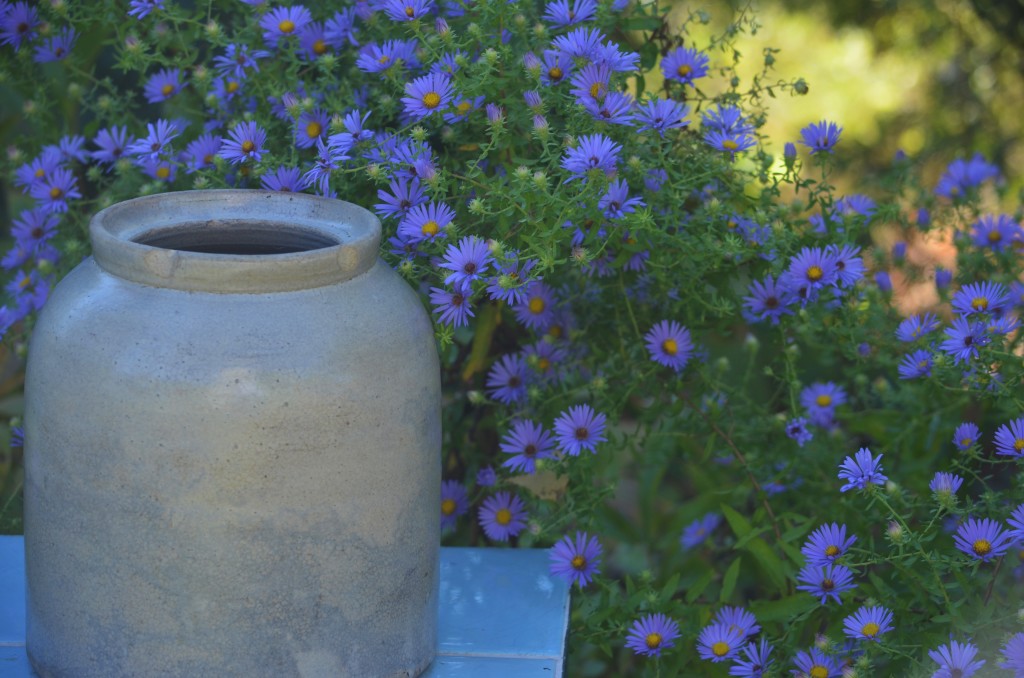
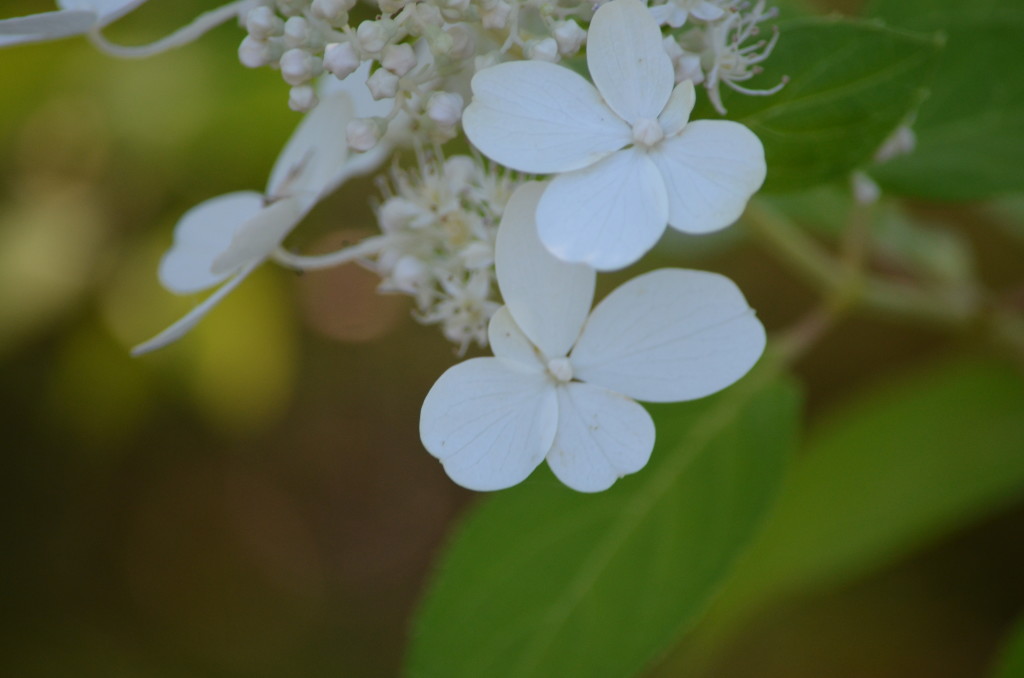
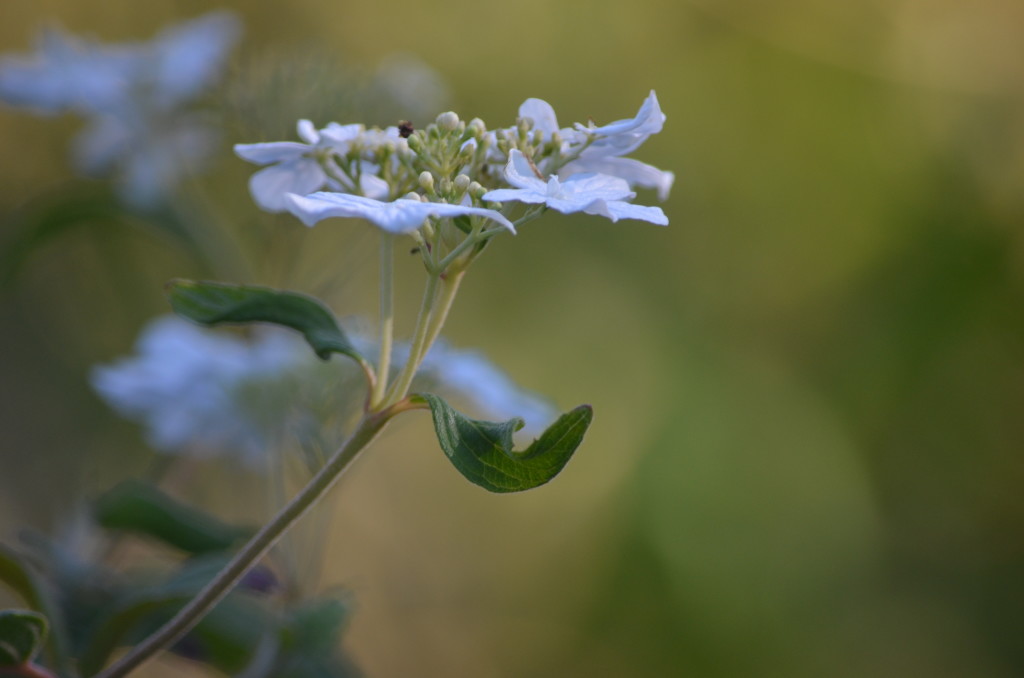
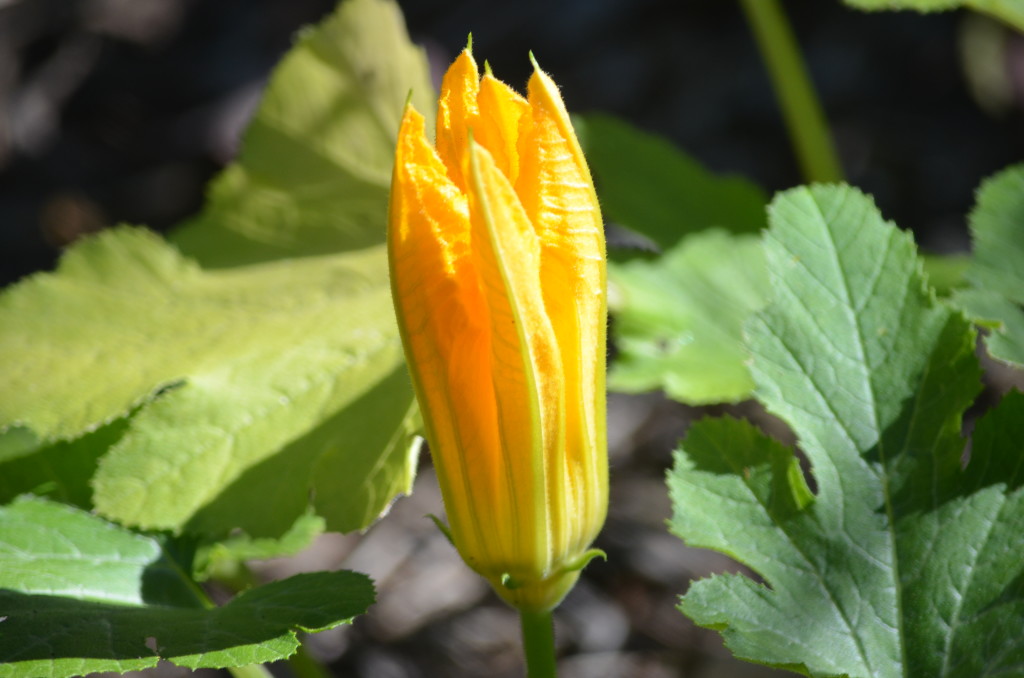
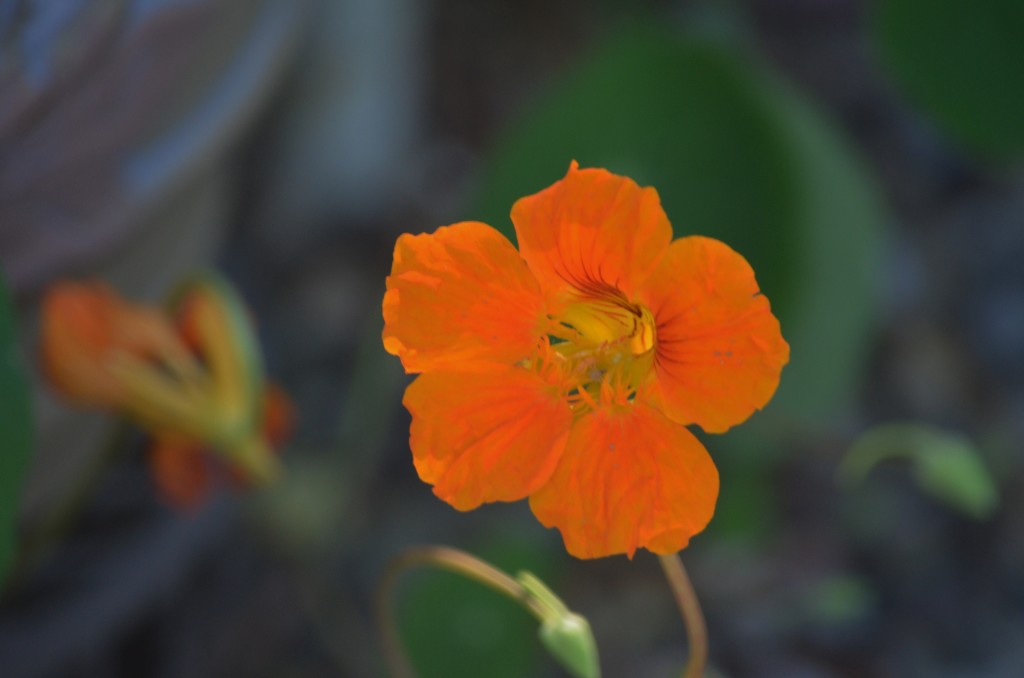
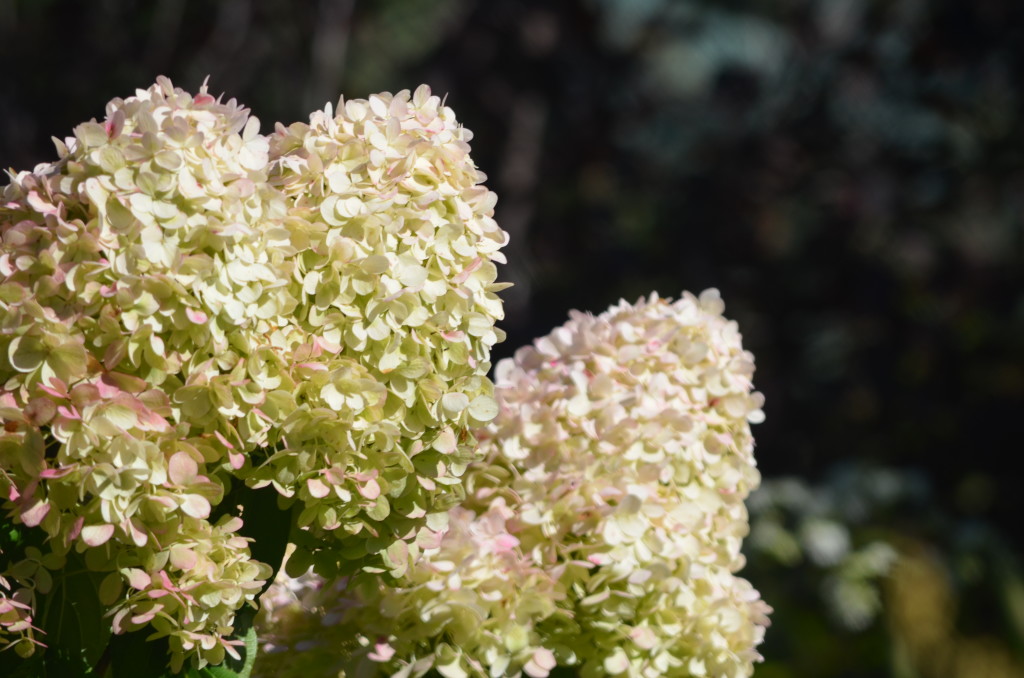
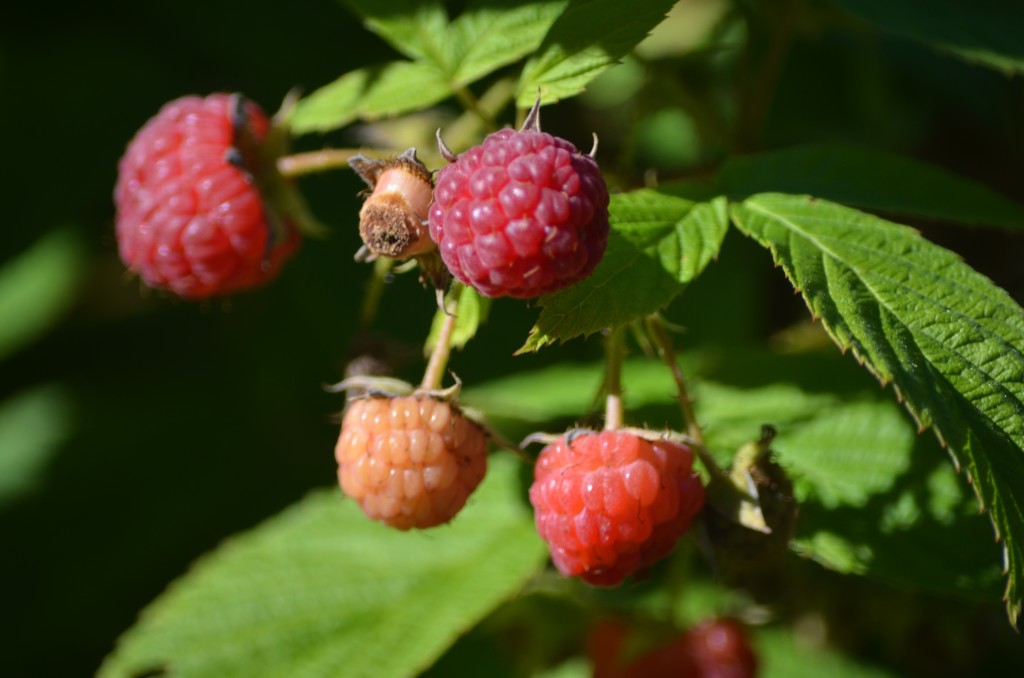
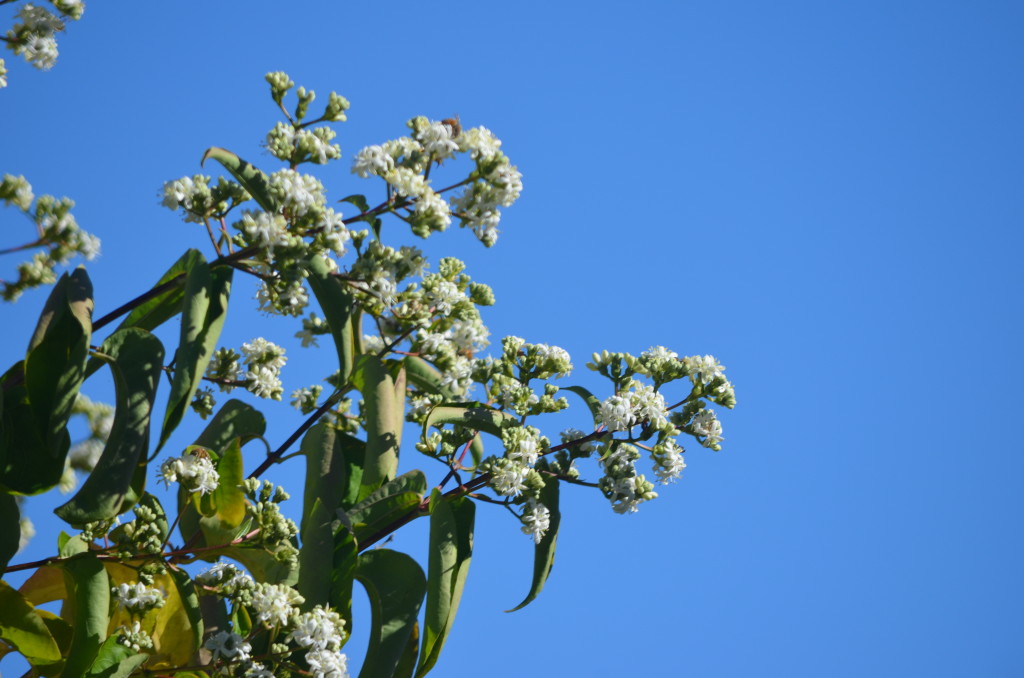
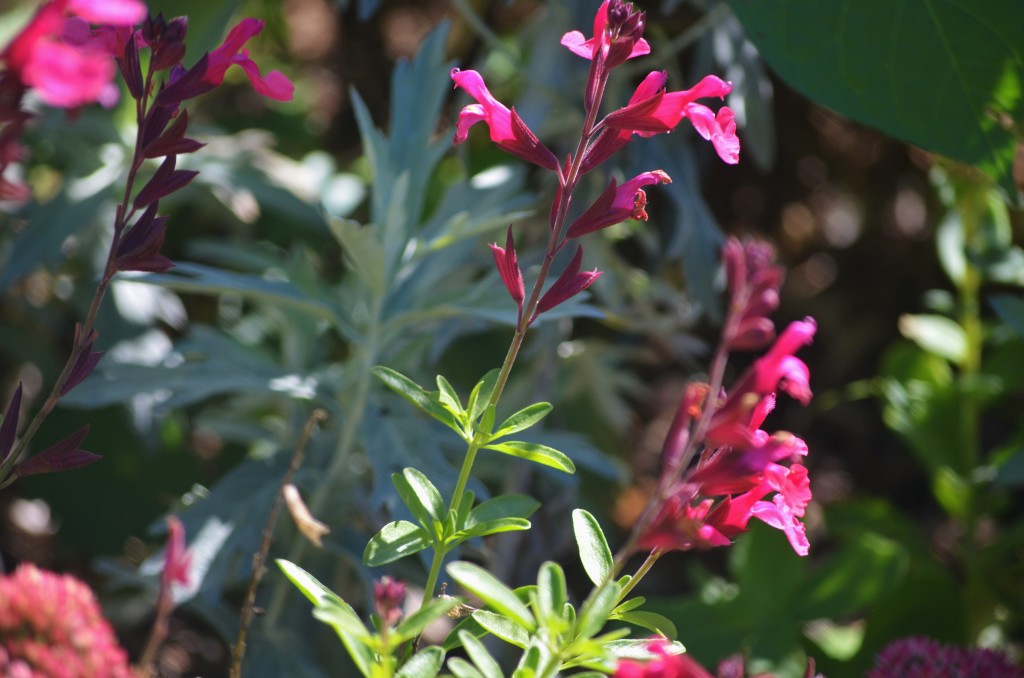
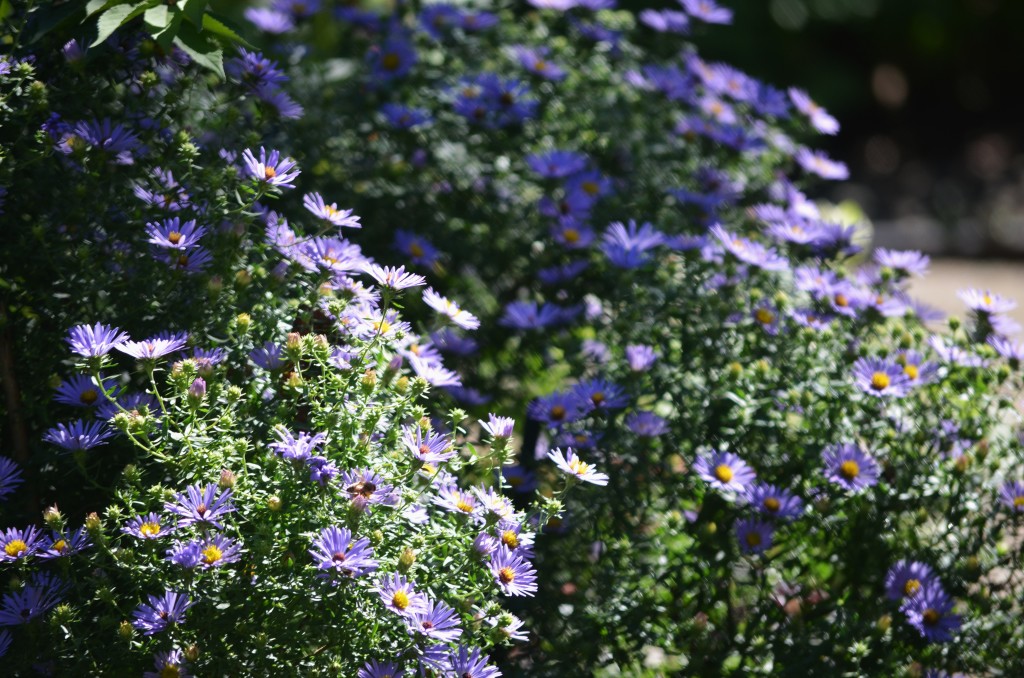
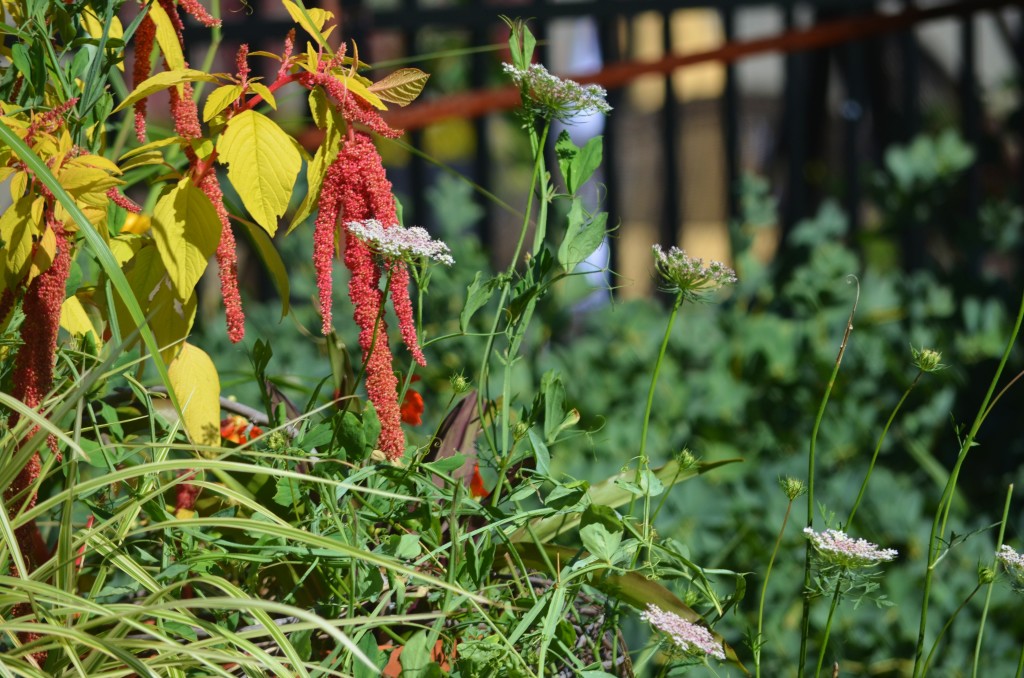
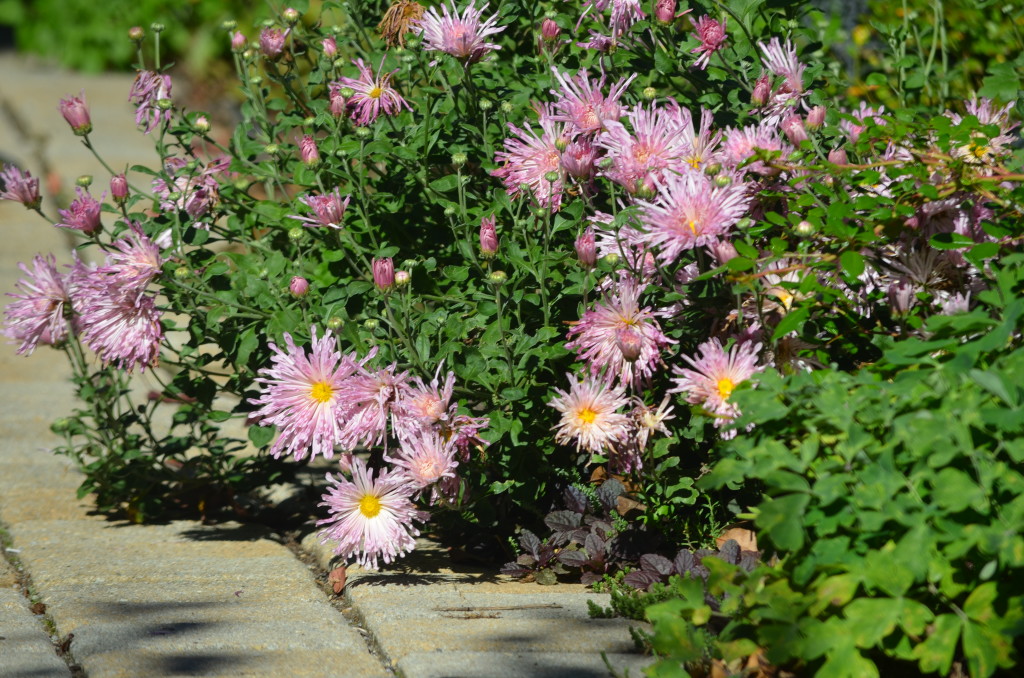
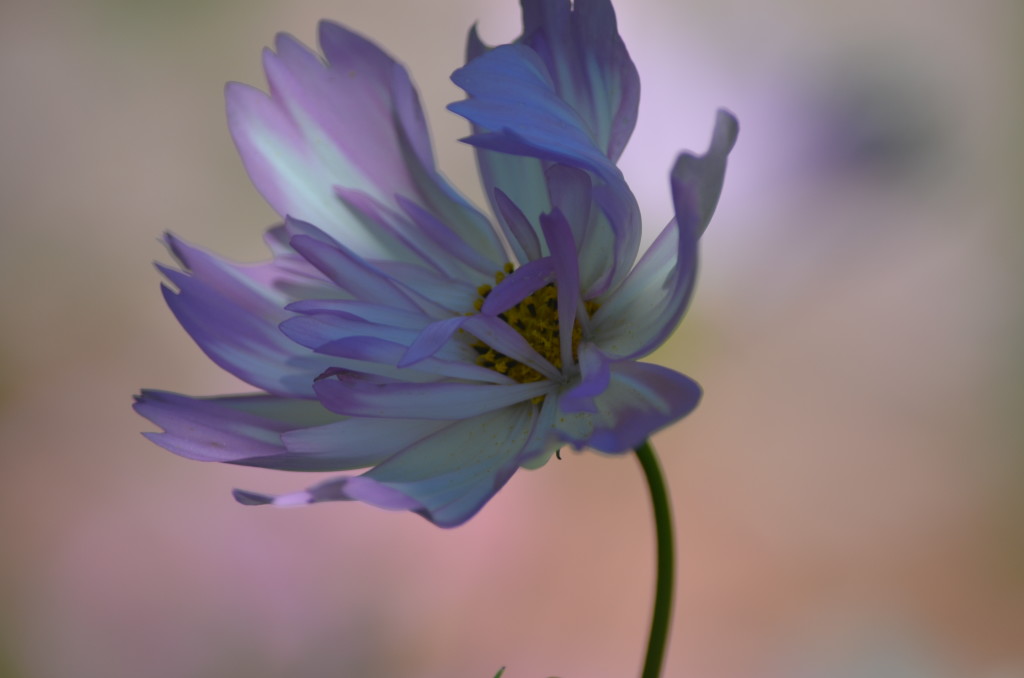
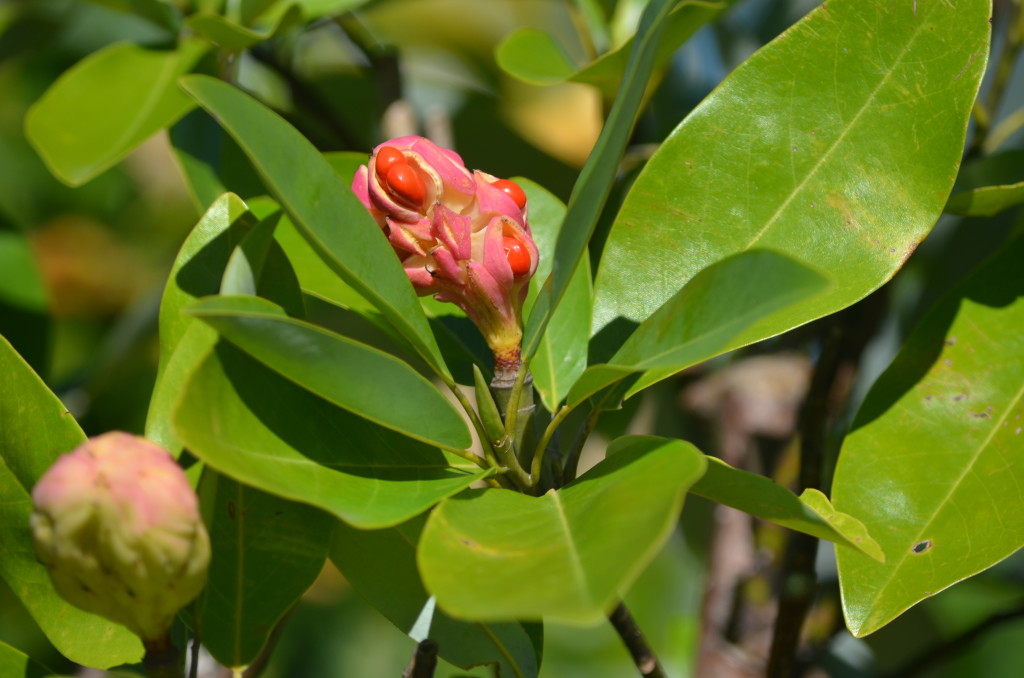
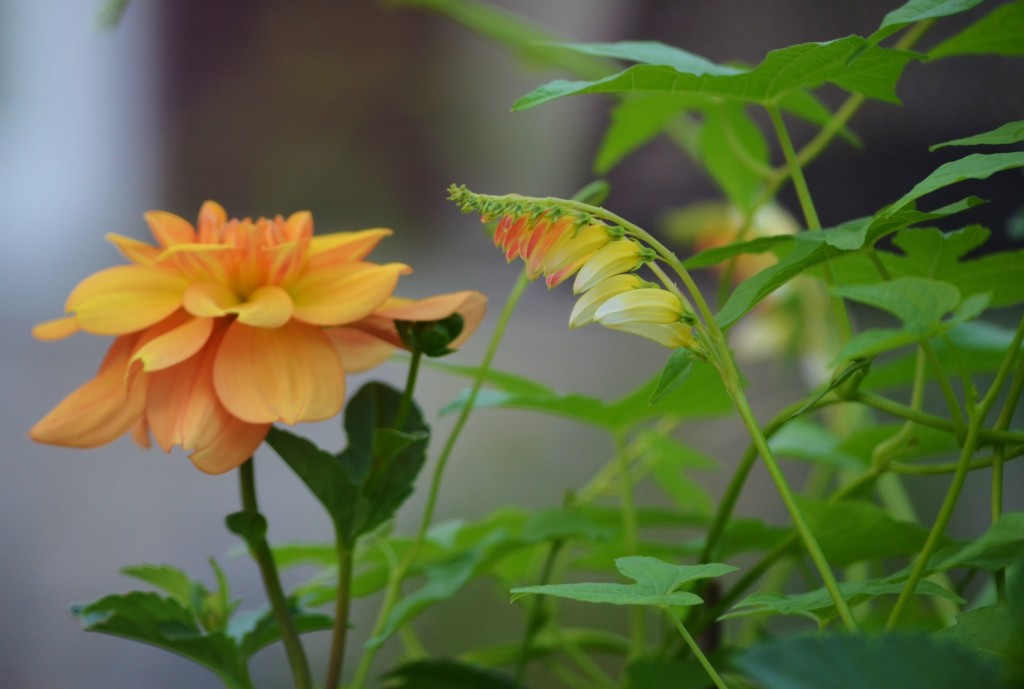
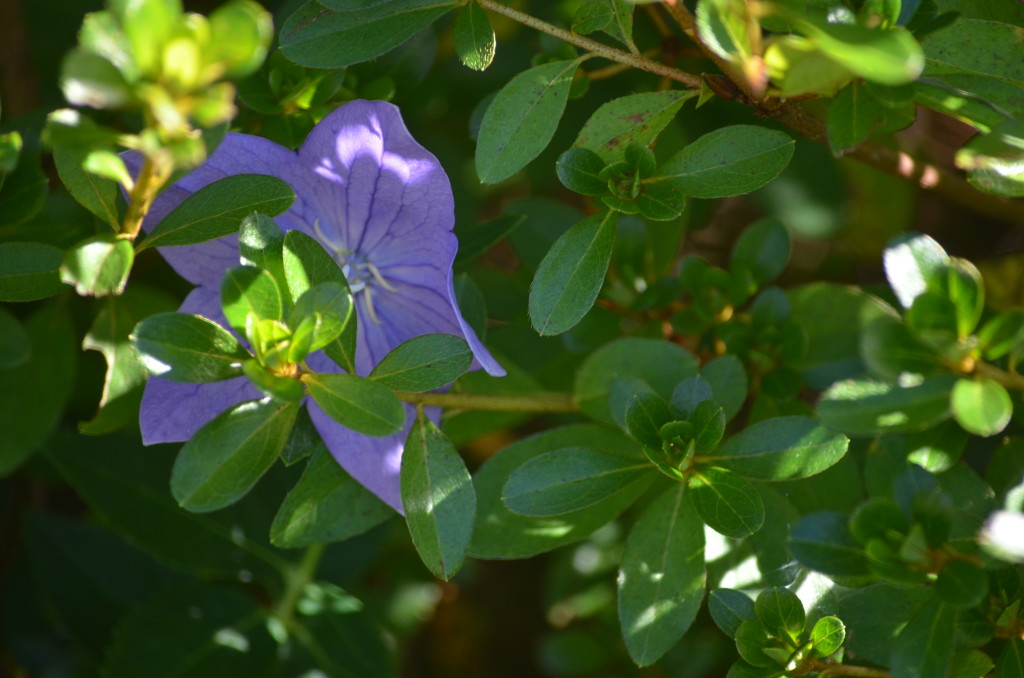
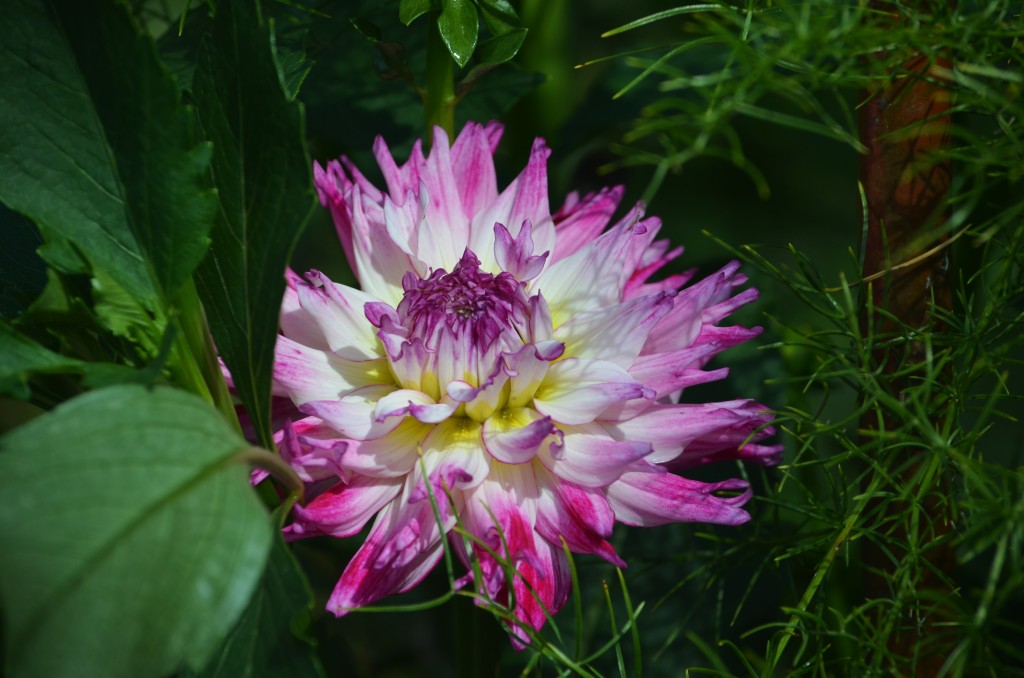
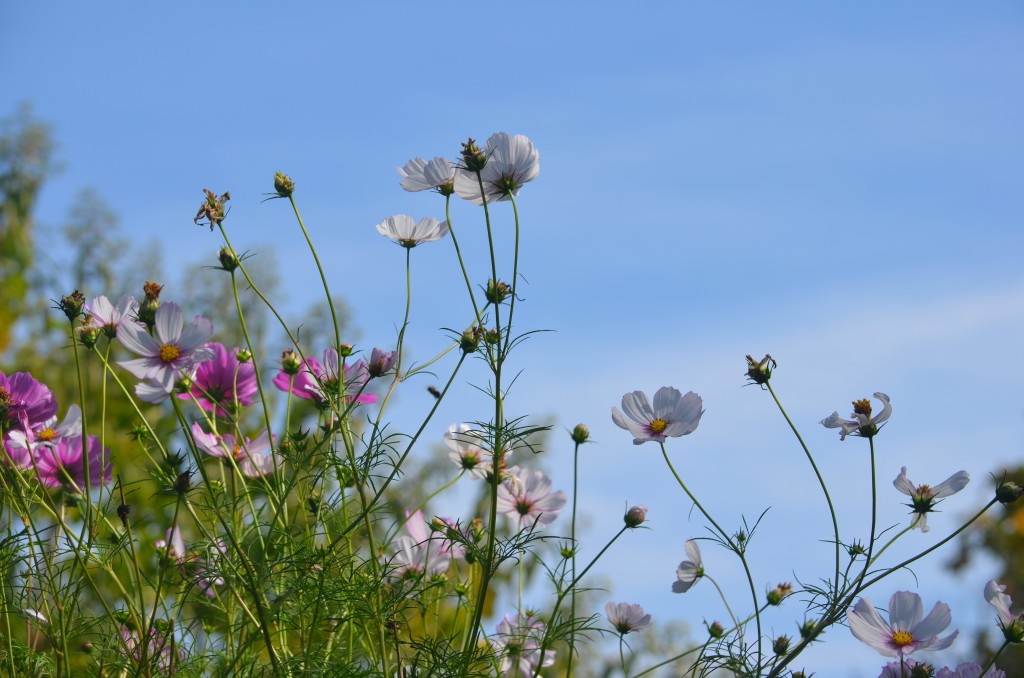
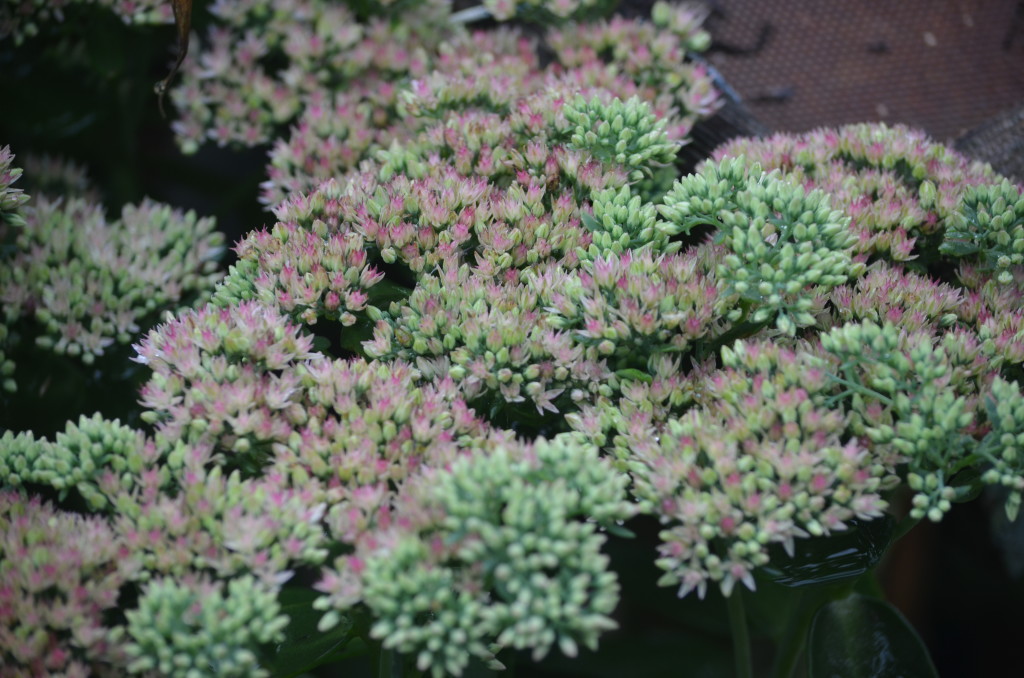
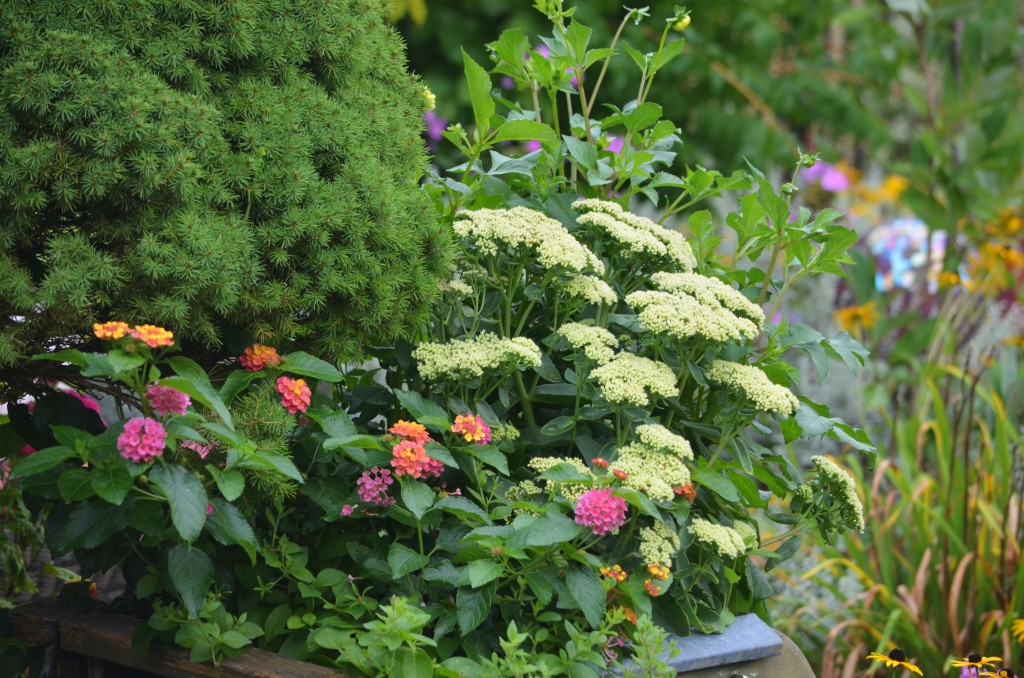
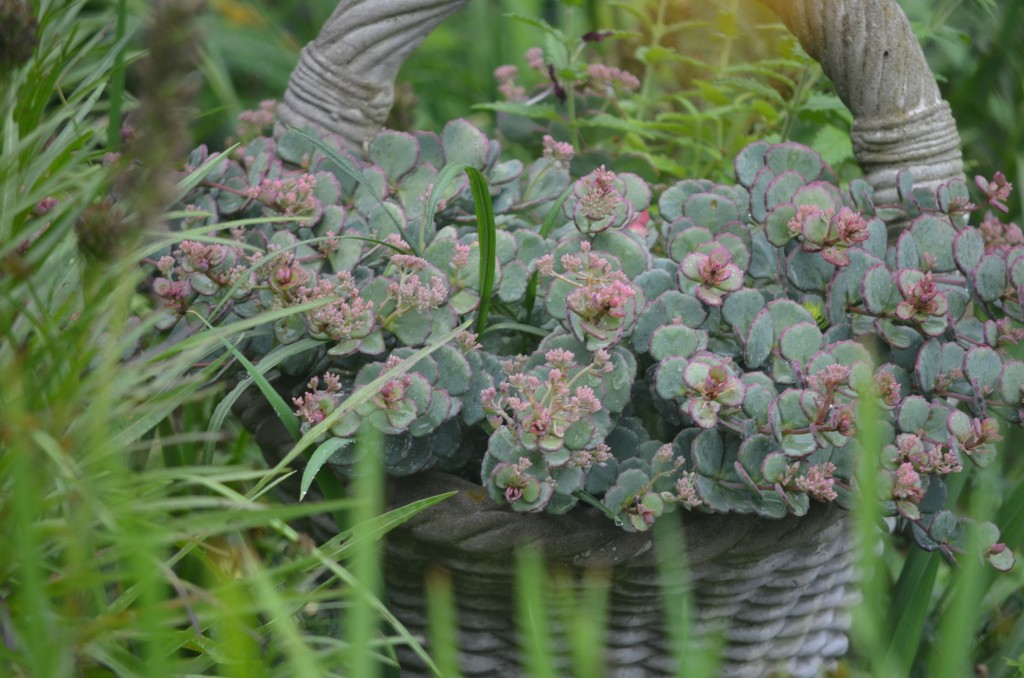
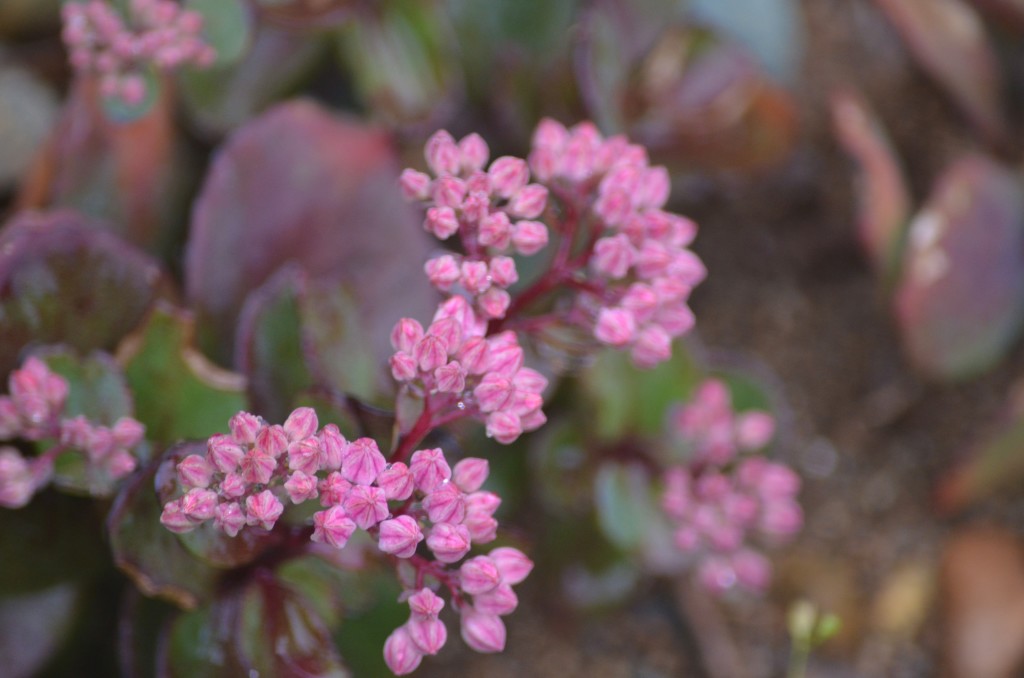
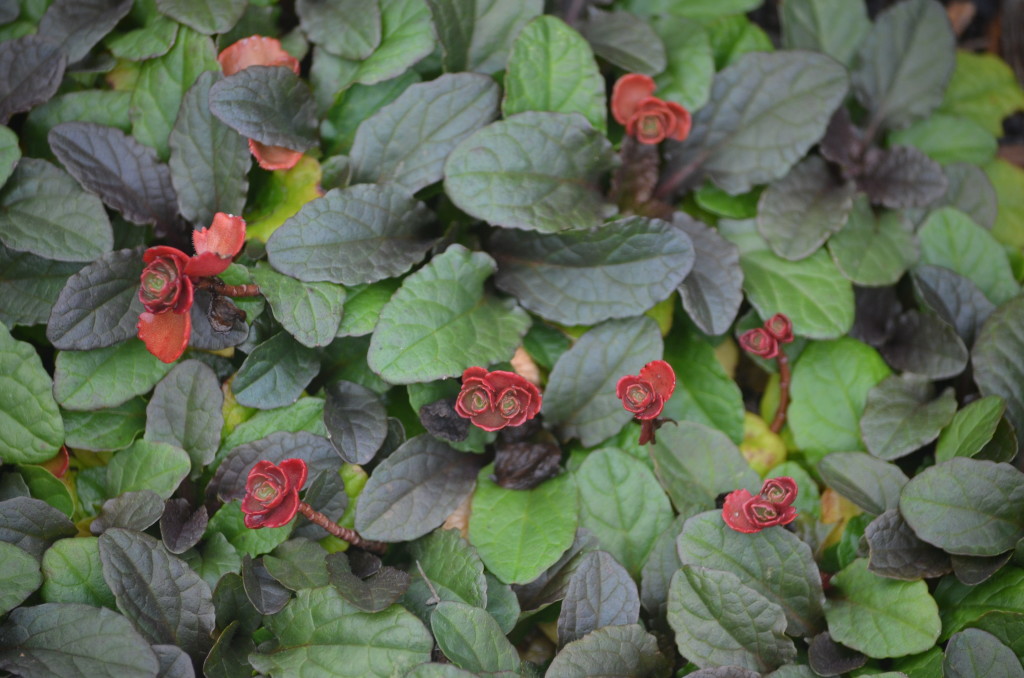
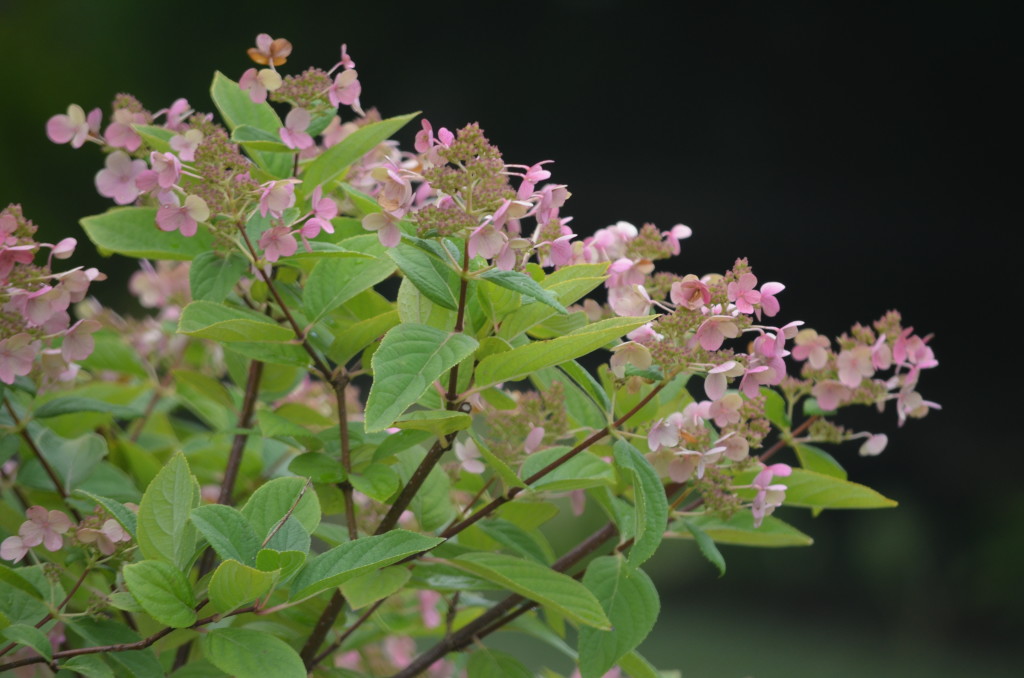
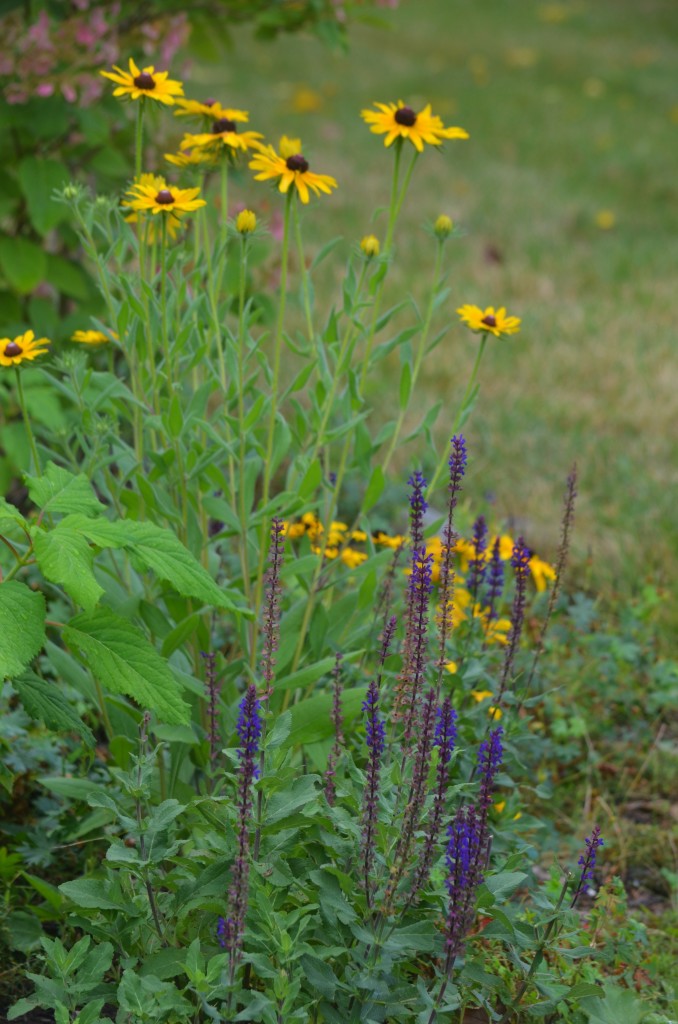



 . The red berried hollies are just fine, but I prefer those in winter and snow. This 5-8 ft shrub is another I never pay any mind to , even in this drought, until the berries appear and light up the back 40. Once the robins descend it will be stripped in a matter of hours, but that is usually aafter December or even into the new year.
. The red berried hollies are just fine, but I prefer those in winter and snow. This 5-8 ft shrub is another I never pay any mind to , even in this drought, until the berries appear and light up the back 40. Once the robins descend it will be stripped in a matter of hours, but that is usually aafter December or even into the new year.





